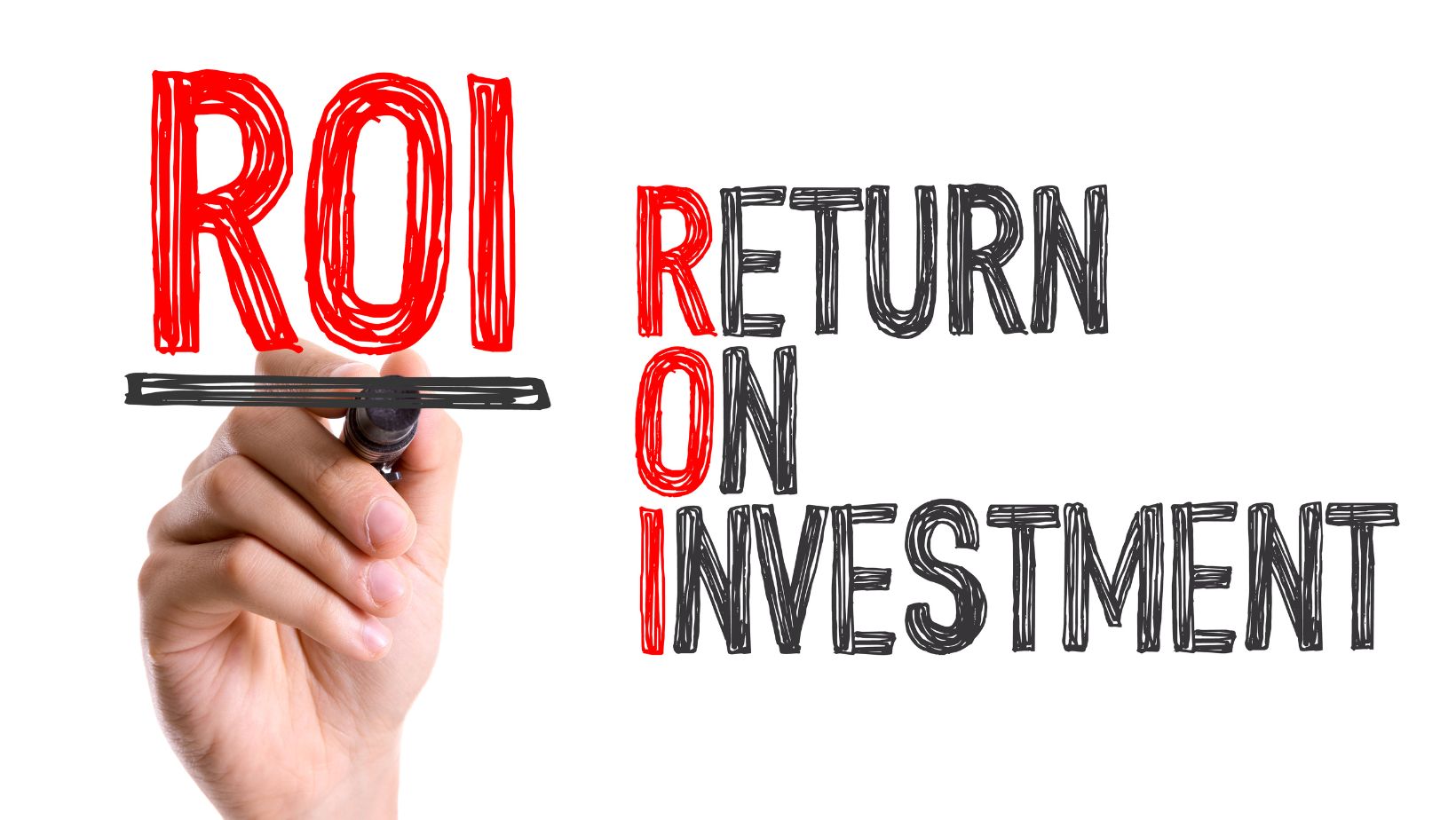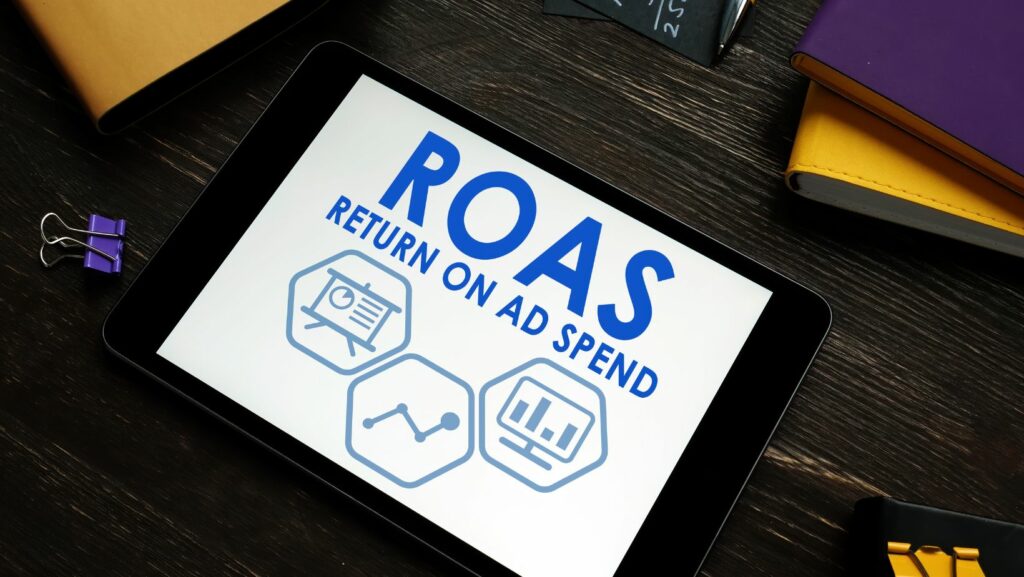Return on Ad Spend (ROAS) is a vital marketing metric that measures the amount of revenue earned for every dollar spent on an advertising campaign. It is one of the most important indicators of an ad campaign’s profitability and effectiveness. To quickly determine the financial performance of your advertising, a ROAS Calculator is an essential tool; it applies the straightforward formula of dividing the total revenue generated from your ads by the total amount of ad spend. Unlike other metrics that measure clicks or impressions, ROAS directly connects your advertising costs to your revenue, providing a clear picture of what’s working and what’s not.
What is ROAS (Return on Ad Spend)? A Detailed Meaning
ROAS, or Return on Ad Spend, is a specific type of return on investment (ROI) calculation that focuses exclusively on the profitability of paid advertising campaigns. It answers the fundamental question for every marketer: “For every dollar I put into this ad campaign, how many dollars am I getting back in sales?”
This metric is crucial for businesses, especially in e-commerce and lead generation, where it’s possible to directly attribute revenue to specific advertising efforts. A high ROAS indicates a profitable and efficient campaign. A low ROAS, on the other hand, suggests that the cost of advertising is high relative to the revenue it’s generating, signaling a need for optimization or a change in strategy.
It’s important to distinguish ROAS from another key metric, Return on Investment (ROI).
- ROAS measures the gross revenue generated per dollar of ad spend. It is a tactical metric used to evaluate the performance of a specific ad campaign or channel.
- ROI measures the total profit generated after accounting for all business costs, not just ad spend. This includes costs like the price of goods, shipping, salaries, and software. ROI is a broader, more strategic metric for overall business profitability.
| Metric | Focus | Calculation | Purpose |
| ROAS | Gross Revenue vs. Ad Spend | (Revenue from Ads / Ad Spend) | To measure the efficiency and profitability of a specific advertising campaign or channel. |
| ROI | Net Profit vs. Total Investment | (Net Profit / Total Investment) * 100 | To measure the overall profitability of a business initiative after all costs are considered. |
E-Tablolar’a aktar
ROAS Calculation Formulas
Calculating your Return on Ad Spend is a simple but powerful process. The formula provides a clear ratio or percentage that represents your advertising efficiency.
The Primary ROAS Formula:
The standard formula to calculate ROAS is:
ROAS=Cost of Ad CampaignRevenue Generated from Ad Campaign
The result of this formula is typically expressed in two ways:
- As a Ratio: For example, a ROAS of 4:1 means you earn $4 for every $1 you spend.
- As a Percentage: You can multiply the result by 100. A ROAS of 400% means the same thing as a 4:1 ratio.

Example ROAS Calculation:
Imagine an e-commerce business runs a Google Shopping campaign for a month. The financial data is as follows:
- Total Revenue from Google Ads: $10,000
- Total Google Ads Spend: $2,500
Using the ROAS calculator formula, you can determine the performance:
ROAS=$2,500$10,000=4
This result can be interpreted as:
- A ROAS of 4:1.
- A ROAS of 400%.
This means for every dollar the business spent on this Google Shopping campaign, it generated four dollars in revenue.
What is a Good ROAS? 2025 Industry Benchmarks
The ideal ROAS is not a one-size-fits-all number. A “good” or “profitable” ROAS depends heavily on your profit margins, operating costs, and the overall health of your business. A business with high profit margins might be profitable at a 3:1 ROAS, while a business with very low margins might need an 8:1 or even 10:1 ROAS to be profitable after all other costs are paid.
However, general benchmarks can provide a useful starting point.
A Common ROAS Baseline:
- Below 3:1: This is often considered low. Your advertising may be losing money after accounting for the cost of goods and other operational expenses.
- 4:1: This is a frequently cited industry benchmark that suggests a campaign is healthy and profitable for many business models.
- 5:1 and Above: This is considered a strong ROAS, indicating highly efficient and profitable advertising.
The table below shows some average ROAS benchmarks by advertising platform for 2025, which can help you gauge your own performance.
| Advertising Platform/Industry | Average ROAS Benchmark (2025) |
| Google Search Ads (General) | 4:1 to 6:1 |
| Google Shopping Ads (E-commerce) | 5:1 to 8:1 |
| Facebook Ads (E-commerce) | 4:1 to 7:1 |
| Instagram Ads (Fashion/Beauty) | 5:1 to 9:1 |
| Amazon Ads (Sponsored Products) | 6:1 to 10:1 |
E-Tablolar’a aktar
Key Insight: The most important ROAS is your break-even ROAS. This is the point where your revenue from ads equals your ad spend plus the cost of delivering your product or service. Any ROAS above this number is profit.
Why is ROAS So Important?
ROAS is a mission-critical metric for any business that invests in paid advertising. Its importance stems from its direct link to profitability and data-driven decision-making.
- Measures Advertising Profitability: Unlike metrics such as CTR (Click-Through Rate) or CPC (Cost Per Click), which measure engagement and cost, ROAS directly measures financial return. It tells you whether your campaigns are actually making money for the business, making it the ultimate measure of an ad campaign’s success.
- Enables Data-Driven Budget Allocation: By calculating the ROAS for different campaigns, ad groups, and even specific keywords or ads, you can identify your most profitable marketing efforts. This data allows you to strategically allocate your budget, shifting spend away from underperforming campaigns and investing more in the high-performers to maximize your overall return.
- Informs Bidding Strategies: Many modern advertising platforms, like Google Ads, offer automated bidding strategies such as Target ROAS (tROAS). This strategy uses machine learning to automatically adjust your bids in real-time to achieve a specific average Return on Ad Spend that you set as your goal. To use this effectively, you must first understand your own ROAS numbers.
- Justifies Marketing Spend: ROAS provides a clear, understandable metric to justify marketing budgets to executives and stakeholders. Presenting a strong ROAS demonstrates that the marketing department is a revenue-generating center, not just a cost center.
How to Improve Your ROAS: Actionable Strategies
Improving your ROAS means either increasing the revenue generated from your ads, decreasing the cost of your ads, or both. Here are the most effective strategies to boost your Return on Ad Spend.
1. Refine Your Audience Targeting
- Leverage Negative Keywords: In search campaigns, aggressively use negative keywords to prevent your ads from showing for irrelevant queries. This stops you from wasting money on clicks that will never convert, directly improving ROAS.
- Use Remarketing/Retargeting: Target users who have already visited your website or engaged with your brand. This audience is already familiar with you and is much more likely to convert, leading to a higher ROAS.
- Focus on Lookalike/Similar Audiences: Create audiences based on the characteristics of your existing best customers. These highly relevant audiences often have a much better return than broad, interest-based targeting.
2. Optimize Your Ad Creatives and Landing Pages
- Improve Ad Relevance (Quality Score): A higher Quality Score in Google Ads leads to a lower Cost Per Click (CPC). By improving the relevance of your keywords, ad copy, and landing page, you can lower your ad spend for the same amount of traffic, which directly increases ROAS.
- Optimize Your Landing Page for Conversions (CRO): A seamless, fast-loading, and trustworthy landing page is crucial. Implement Conversion Rate Optimization (CRO) best practices, such as clear calls-to-action (CTAs), social proof (reviews), and a simple checkout process, to increase the percentage of clicks that turn into sales.
3. Implement Smart Bidding Strategies
- Use Target ROAS (tROAS): If your campaign has sufficient conversion data, switch to a tROAS bidding strategy. This allows the ad platform’s algorithm to automatically optimize your bids to achieve your desired return.
- Adjust Bids by Performance: Manually or automatically adjust your bids based on device, location, and time of day. If you know that mobile users convert at a higher rate on weekends, increase your bids for those segments to capture more high-value traffic.
4. Enhance Average Order Value (AOV)
- Promote Product Bundles: Encourage customers to buy multiple items together by offering a slight discount on bundles.
- Offer Free Shipping Thresholds: Offer free shipping on orders above a certain value (e.g., “Free Shipping on Orders Over $50”). This incentivizes customers to add more items to their cart to meet the threshold.

By using a ROAS calculator to track your performance and systematically implementing these strategies, you can turn your advertising from an expense into a highly profitable growth engine for your business.

